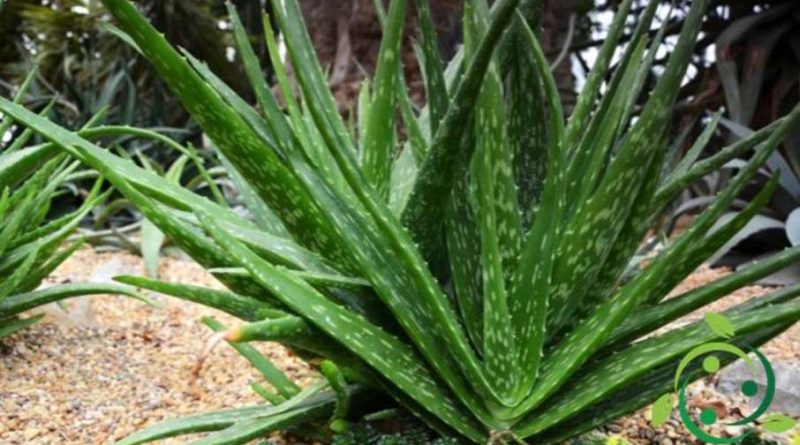How to cultivate Aloe vera in a biological way
How to cultivate Aloe vera in a biological way
To cultivate Aloe vera it is necessary to know that the plant is resistant in relatively cold areas but intolerant to frost or snow; so it is obvious that above certain latitudes it can be grown sheltered, in sunny areas (but not near radiators).
It is a plant that can also be grown in pots, but in this case it must be large.
Aloe vera needs sandy soil and bright sunny environments, however, in very hot and humid tropical or subtropical climates, aloe plants must be protected from direct sunlight and rain, as they would burn and easily under these conditions. Important choice of areas where there are no stagnations and shading.
For multiplication and planting consider that aloe vera plants can be bought already ripe at a trusted retailer or multiplied by cuttings or cultivated from the seed. Above all in pot, on the sides of the “mother plant” the growing “sons” are crowded. These must be removed, divided and repotted to make room for further growth. If you want to start from seed the ideal period is the one that goes from the month of March and the first half of April. The transplantation period (or repotting) should be done in the spring.
Irrigation of Aloe vera must be carried out taking care not to wet the leaves. The irrigation shift must be two to three times a month. During the winter, the Aloe vera can become dormant, and during this period little humidity is required.
Moderate irrigation and not too fertile soils give the best therapeutic qualities of the Aloe and of a perfectly biological cultivation: so follow them carefully.
The plants of Aloe do not need any pruning except the removal of dry leaves or marches.
For the fertilization it is advisable to put in the pit of the soil, before the plant, of the mature manure (in pot make a mixture of silica sand, soil and peat (40-20 and 40%).
The species is relatively resistant to most pests; the only dangers are mites, mealy bugs, cochineals, and aphids. However, if you have followed these tips (soil type, sunshine, irrigation) and do not use synthetic nitrogen fertilizers then you should not have any particular problems.
Aloe vera blooms from spring to autumn, depending on the species and varieties. The flowers form at the top of a long stem, which can be simple, branched or clustered. After flowering, the plant does not die (as in agave, for example). Flowers are red, orange, or yellow.

